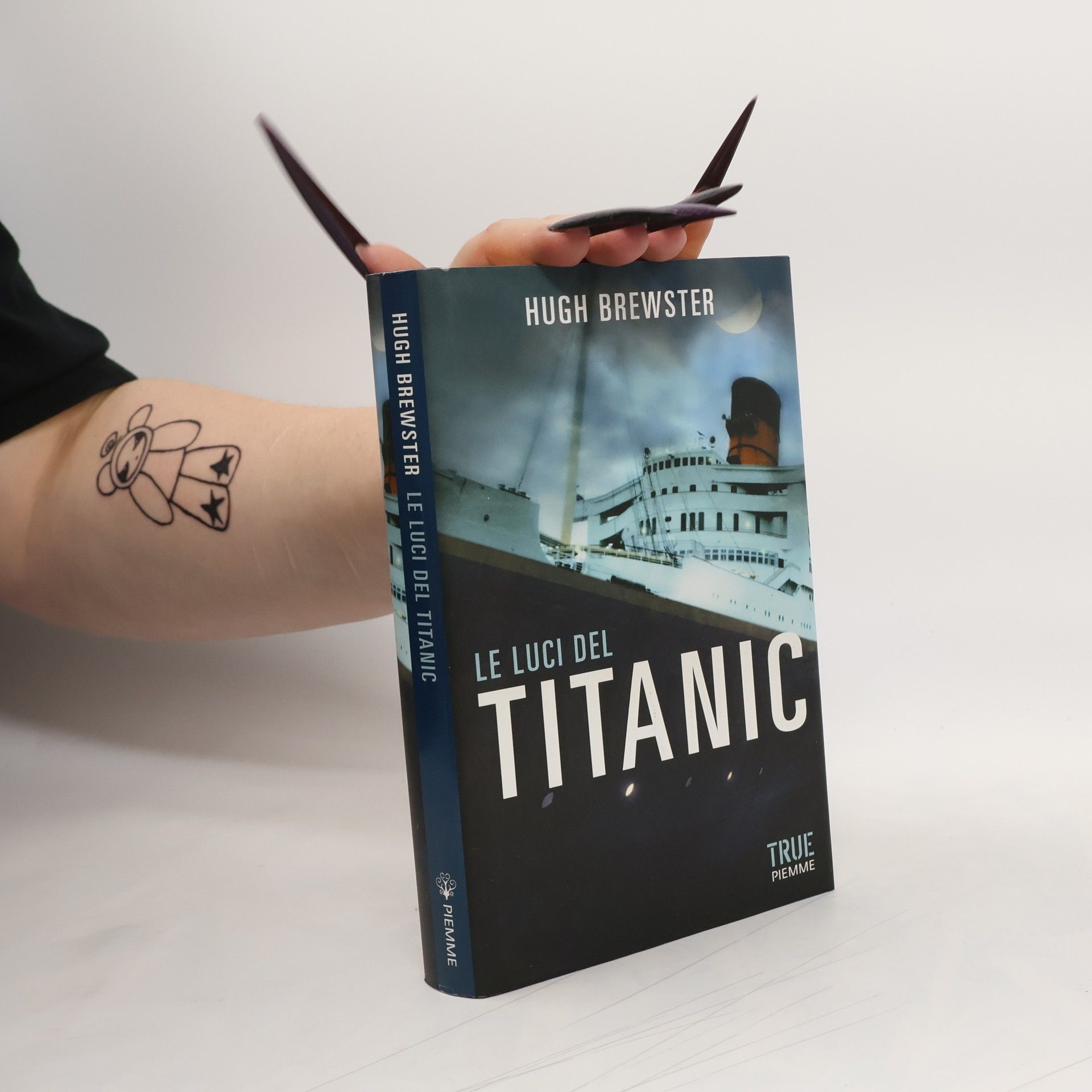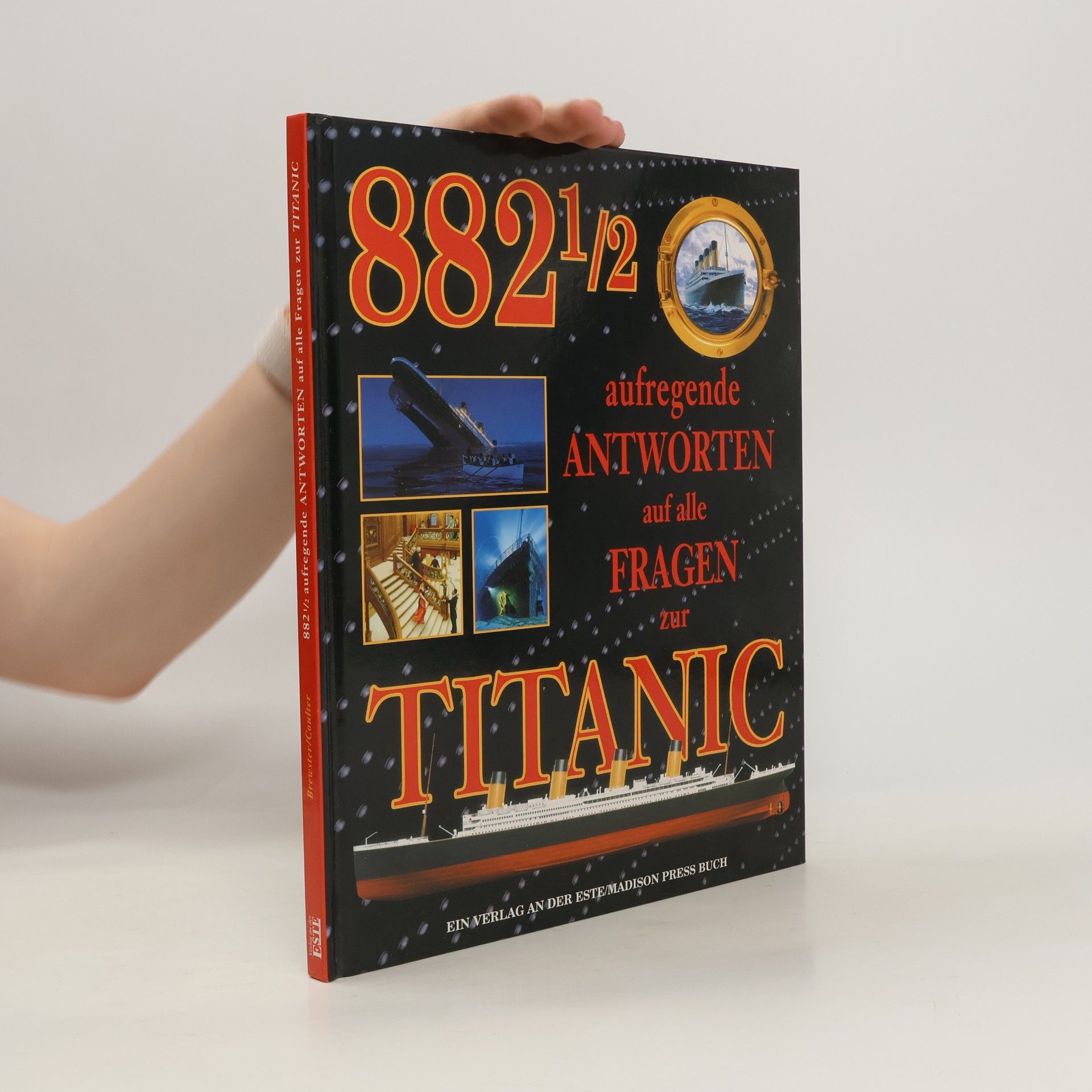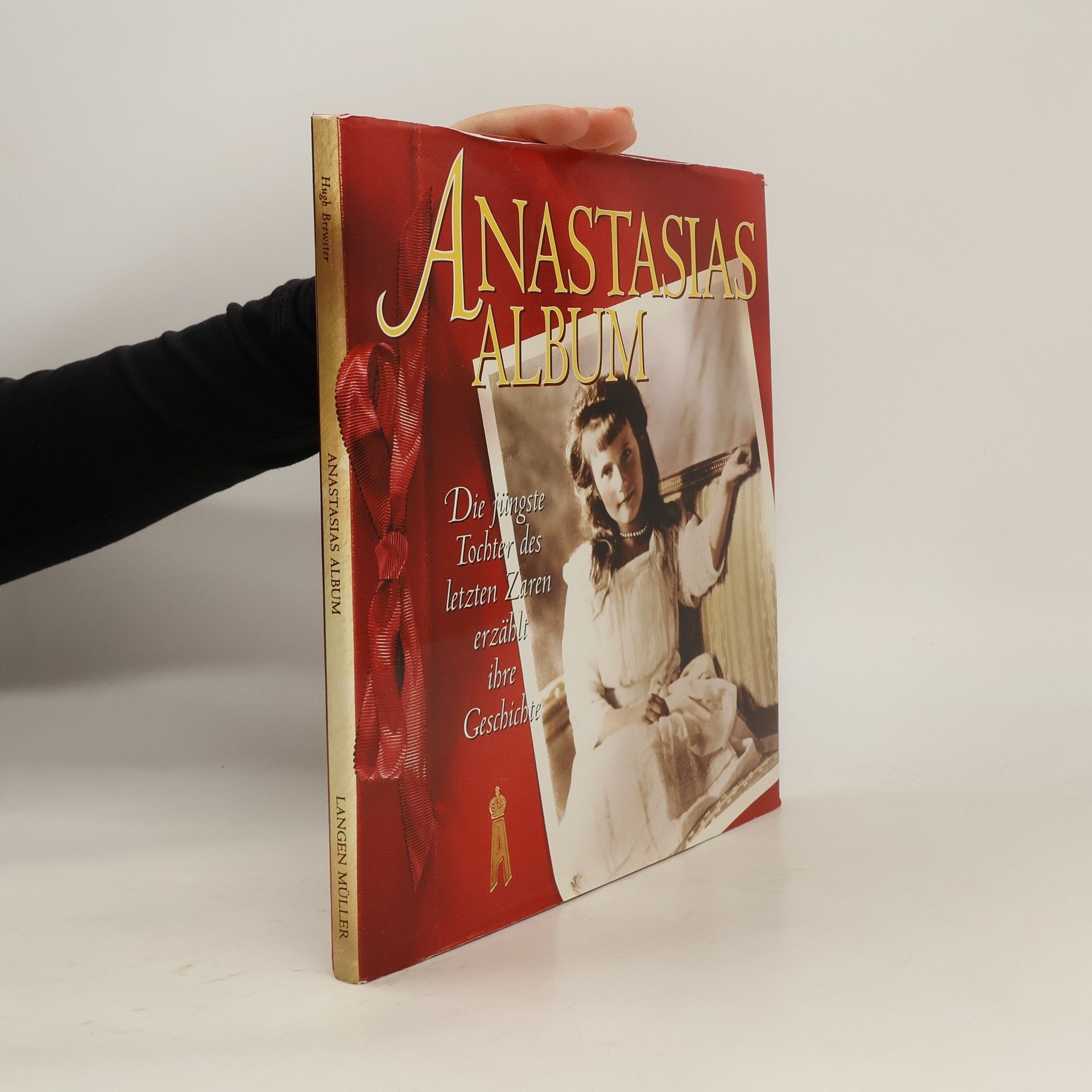Lavishly illustrated story of Lucile, Lady Duff Gordon, the farm girl who became the Queen of Fashion in the Edwardian era and survived the sinking of the Titanic.
Hugh Brewster Book order
This author delves into history, crafting compelling narratives inspired by a lifelong fascination with past events. Their work explores pivotal moments, from wartime conflicts to significant tragedies, focusing on the human element and historical accuracy. Through meticulous research and an accessible style, the author brings bygone eras to life for contemporary readers. Their writing reflects a deep respect for the past and a desire to share its lessons.




- 2022
- 2012
Le luci del Titanic
- 351 pages
- 13 hours of reading
- 1996